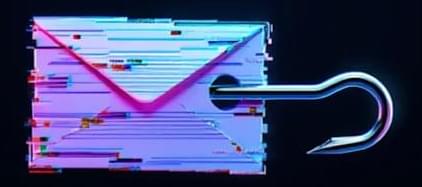🔹 Q: What specific cost advantages does SPARC offer beyond eliminating underwriting fees? A: SPARC reduces friction, cost, and time by bypassing the traditional investment banking process entirely, eliminating promotional fees and creating a cleaner, more transparent process than traditional SPACs.
🔹 Q: How would Tesla shareholders get early access to SpaceX shares through SPARC? A: Tesla shareholders would receive special rights to acquire SpaceX shares at the IPO price before the public, potentially through warrants at a discounted price, allowing them to benefit from SpaceX’s future growth.
🔹 Q: What advantage does SPARC provide Tesla investors over traditional IPO allocation? A: SPARC enables more equitable allocation of SpaceX shares to Tesla investors, avoiding the traditional gated process that benefits Wall Street bankers’ friends and their preferred clients.
🔹 Q: How could SpaceX share access impact Tesla’s stock price? A: The SPARC structure allowing Tesla shareholders to receive warrants for SpaceX shares at discounted prices could potentially boost Tesla’s stock price by providing unique value to existing shareholders.
Pricing Control.
🔹 Q: Who controls pricing in SPARC versus traditional IPO? A: SPARC allows the public to set the price rather than banker control, giving SpaceX more control over pricing decisions compared to traditional IPO where investment banks determine valuation.





